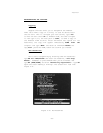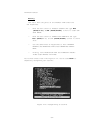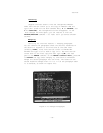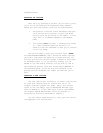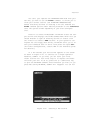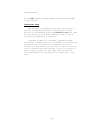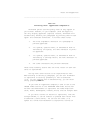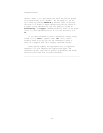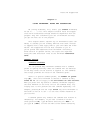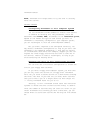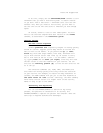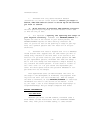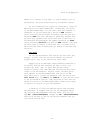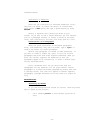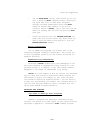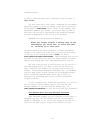
Notes and Suggestions
Chapter 5
USING THINKTANK: NOTES AND SUGGESTIONS
We (Living Videotext, Inc.) didn’t just create ThinkTank;
we use it . . . a lot. This chapter contains notes and sugges-
tions we’ve accumulated through extensive experience with the
program. They will streamline your use of ThinkTank and help
you get the most out of the program.
This chapter doesn’t explain any of ThinkTank’s basic com-
mands; it assumes you are already familiar with them. Instead
it suggests how to best apply them to your own ideas and infor-
mation. The suggestions will be most valuable to you if
you’ve gained some experience with ThinkTank. Following a
brief section on general advice, the topics are organized
along the same functional lines as the ThinkTank reference
card.
GENERAL ADVICE
Command Prefixes
You can precede many ThinkTank commands with a command
prefix to specify how many times the command will be executed
or how many levels of the outline it applies to. The commands
that accept prefixes are noted in the reference guide.
There is a special command prefix, the number or pound
sign (#), that tells ThinkTank to execute a command as many
tines as it can or to apply it to all levels of the outline.
When you press this key before a command, ThinkTank displays
the word INFINITY on the first line of the Command Area, sig-
nifying that it will perform the next command repeatedly. For
example, pressing I and the right arrow key tells ThinkTank to
move down as far as it can —— to the last visible headline of
your outline.
A command prefix only affects the command that follows it
immediately. For example, if you want to MOVIE an outline
three positions UP, type 3 before selecting UP: “M3U.” If
you type 3 (“3MU”) or move the menu cursor before selecting
—71—



